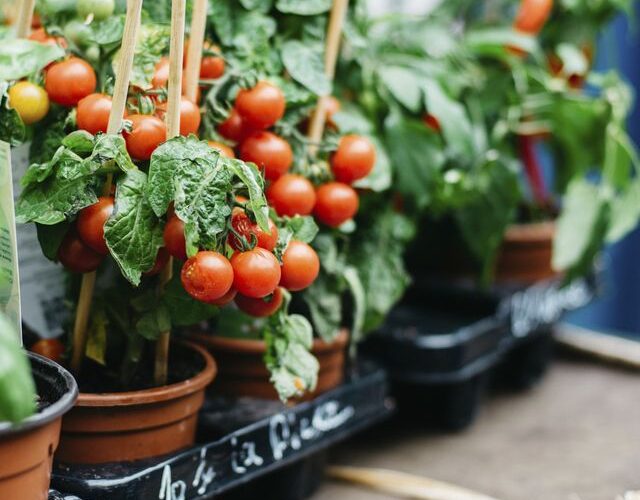Importance of Vegetables in Our Diet
Vegetables constitute 50% of our diet and provide essential vitamins like A, B, C, D, E, K, and minerals such as potassium, iron, sulfur, magnesium, manganese, sodium, chloride, iodine, zinc, and copper.
Recommended Vegetable Intake
According to the Indian National Institute of Nutrition, every individual should consume 200 grams of fruits, 120 grams of leafy vegetables, 75 grams of root vegetables, and 125 grams of other vegetables daily, totaling 300 grams of vegetables. However, studies indicate that people consume only 80 grams of fruits and 120 grams of vegetables daily.
Challenges and Solutions
Due to the rising cost of agricultural products, transportation expenses, and middlemen, middle-class families often struggle to include adequate vegetables in their diet. By utilizing available space and household wastewater, we can grow our own vegetables, alleviating the shortage and enjoying the satisfaction of consuming homegrown produce.
Benefits of a Home Garden
- Self-Sufficiency: You can grow the vegetables you need without relying on the market.
- Cost-Effective: Growing your own vegetables can be more affordable.
- Chemical-Free: You can use natural methods to control pests and diseases, avoiding chemical pesticides.
- Aesthetic Appeal: A home garden enhances the beauty of your home.
- Healthy Hobby: Gardening provides a beneficial pastime for children and adults alike.
- Nutrient-Rich and Fresh: Harvesting vegetables just before cooking ensures they are nutrient-rich and flavorful.
Steps to Set Up a Home Garden
- Choose a Location: Use available spaces around your house, such as the backyard, sides, or front yard if there is enough space.
- Prepare the Soil: Dig the soil 30-40 cm deep with a spade and remove stones, thorny plants, and weeds. Mix 100 kg of well-rotted manure into the soil.
- Create Beds and Paths: Make raised beds and paths with 45 or 60 cm spacing. You can dedicate a 6×3 meter area to perennial plants like drumstick, curry leaves, banana, papaya, and lemon.
- Planting Pits: Dig pits of 45 cm depth and width and plant saplings with 10 kg of manure, 50 grams of urea, 100 grams of superphosphate, and 50 grams of potash.
- Vegetable Beds: Divide the remaining space into 1.25×1 meter beds for seasonal vegetables.
- Leafy Greens: Plant leafy greens along the edges of the paths.
- Compost Pit: Create a compost pit in one corner to recycle dried leaves and organic waste.
- Perimeter Fence: Set up a fence around the garden to grow climbers like pumpkin, gourd, and cucumber or use a trellis.
- Root Vegetables: Grow root vegetables like sweet potatoes, carrots, radishes, and beetroots in deeper beds.
- Seasonal Crops: Plant vegetables, fruits, and flowers according to the season.
Suggested Crops and Their Planting Seasons
- Tomato: May-June, November-December (Varieties: PKM.1, KTH.1)
- Brinjal: December-January, May-June (Varieties: PLR.1, PLR.B)
- Fenugreek: June-July, October-November (Varieties: Co.1, Co.2)
- Ponnanganni: All year (Variety: Local)
- Cucumber: All year (Variety: Co.1)
- Ridge Gourd: All year (Varieties: Co.1, Co.2)
- Chili: January-February, June-July, September-October (Varieties: Co.4, Co.1, Co.2)
- Okra: June-August (Varieties: Kovilpatty.HH.1, Co.3)
- Cluster Beans: All year (Variety: Co.(GP).14)
- Drumstick: July-October (Variety: PKM.1)
- Curry Leaves: July-August (Variety: Sengambu)
- Spinach: All year (Variety: Ooty.1)
- Mint: All year (Variety: Local)
- Radish: June-July (Variety: Co.1)
Maintenance
- Watering: Ensure consistent watering according to the soil type, with frequent watering during the seedling stage and less frequent once the plants are established.
- Pest and Disease Management: Use natural methods to control pests and diseases.
- Harvesting: Harvest vegetables at the right time to ensure they are fresh and nutrient-rich.
S. Kokilavani, Technical Expert, Agricultural Science Centre, Valikandapuram, Perambalur.











